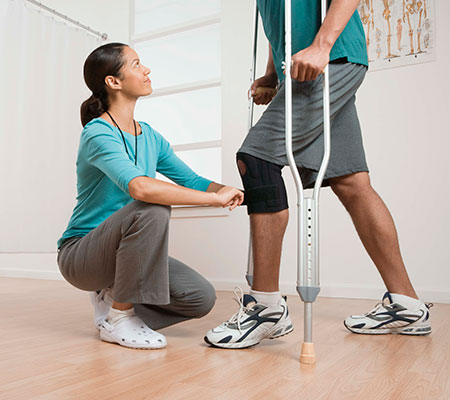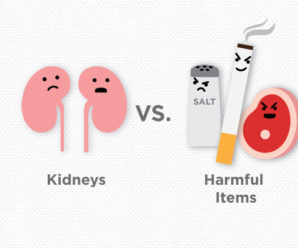
A recent knee injury, surgery or pain prompts your physician or physical therapist to recommend using a knee brace. With a wide range of braces to choose from, which one is most effective?
“Brace selection is based on the structures involved and the amount of stability required,” said Christopher Bizjak, Marshfield Clinic Health System physical therapist. “Look for what offers the most protection while still offering appropriate mobility.”
Knee brace features to consider:
- Hinged: Provides stability for ligament sprains.
- Compression or sleeve style: Provides stability and pain control for minor strains or sprains.
- Wraparound: Provides stability and pain control for minor strains or sprains. Wraparounds are easier to apply to a larger area or use when you can’t pull on a compression sleeve.
- Band/strap: Provides pain control for tendonitis issues.
- Custom knee brace: Provides stability for ligament major strains or tears.
While compression braces are the most common, they offer the least amount of stability. When choosing your brace, Bizjak recommends you look for proper size and fit so it’s positioned correctly and snug, but not too tight.
Life and wear of your brace
How long you should wear your brace is based on the type and severity of your injury. You should work closely with your physician and physical therapist to determine your needs.
Some more severe injuries may leave permanent instability or hypermobility that require lifelong bracing,” Bizjak said.
An example is unloader braces, which shift the weight off the most damaged part of the joint to reduce the pain associated with osteoarthritis.
Watch for skin irritation. As long as it fits appropriately, the brace should be worn for activities as directed by your health care professional. Braces can be worn for preventive purposes but they cannot guarantee 100 percent protection.
Pay attention to the fit of brace, because they can wear out. “Brace life depends on the amount of wear and tear. Compression braces lose the elastic component and have an expiration date associated with the brace life,” Bizjak said.
If you have any questions or concerns about your recovery or use of your brace, Bizjak encourages you to contact your physician.







Leave a Reply